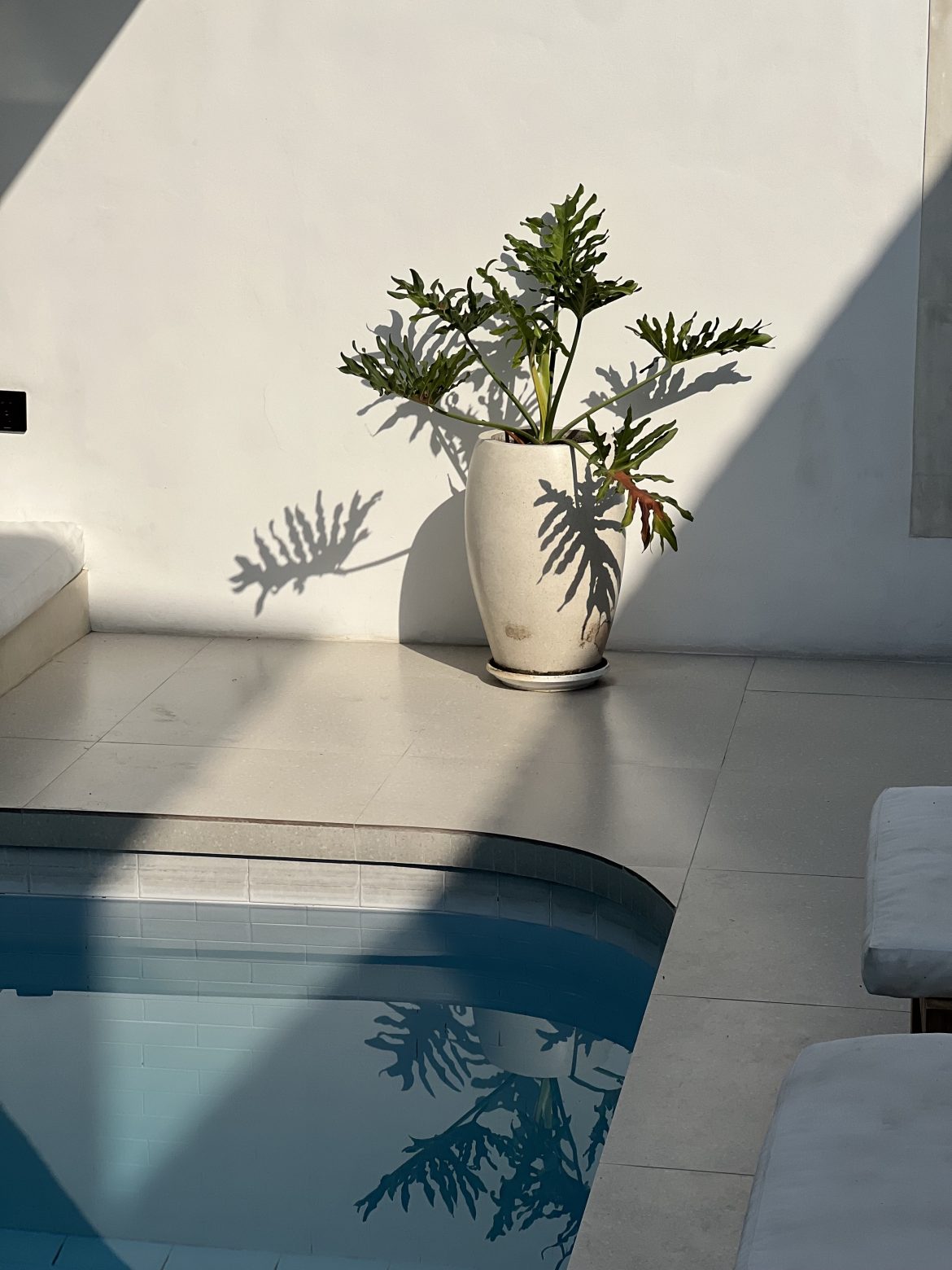As the days grow longer and the air warmer, your garden (and indoor jungle) is getting ready for its own version of a summer glow-up. But, just like your skincare routine changes with the seasons, your plants need a little extra TLC to adjust to the hotter months ahead.
Whether you’re tending to a balcony filled with lush greens or a few houseplants basking by the window, here’s how to make sure your plants stay healthy, hydrated, and vibrant all summer long.
Hydration is everything
Summer heat can be brutal, and plants—much like us—need consistent hydration.
Water early or late
Watering early in the morning or late afternoon helps minimize evaporation and gives roots time to soak up moisture.
Deep watering matters
A quick sprinkle won’t cut it. Water deeply so moisture reaches the root zone, encouraging stronger root growth.
Check the soil
Use your finger to test. If the top 2–3 cm feel dry, it’s time to water.
Pro tip: Invest in a moisture meter—it’s the plant lover’s equivalent of a smart water bottle.
Feed their summer appetite
With increased sunlight and growth, summer is prime feeding season.
-
Use a balanced fertilizer (like 10-10-10) every two to four weeks for outdoor plants.
-
For houseplants, opt for a gentle liquid fertilizer to avoid root burn.
-
Cut back on feeding during extreme heat waves—plants can get stressed and won’t absorb nutrients efficiently.
Think of it as giving your plants their summer smoothies—nutrient-rich, but not overdone.
Provide shade when needed
Even sun-loving plants can get sunburnt. If you notice crispy or faded leaves, your plant is likely getting too much sun.
Move pots to slightly shaded areas during peak sunlight hours. Use shade cloths, pergolas, or sheer curtains to diffuse harsh light and group plants together – this helps create a microclimate that retains humidity.
Indoor note: If your plants live near a window, shift them back slightly to avoid direct midday rays that magnify through glass.
Refresh their soil
After a long winter and spring, your soil might be compacted or depleted.
-
Gently loosen the top layer to improve airflow and water penetration.
-
Mix in compost or organic matter to rejuvenate nutrients.
-
Repot if roots are peeking out of drainage holes – summer growth needs space.
Fresh soil equals fresh energy.
Pest-proof your plants
Warmer weather brings not only growth but also unwelcome guests – aphids, spider mites, and whiteflies love summer too.
-
Inspect leaves regularly, especially the undersides.
-
Wipe leaves with a mild soap-and-water solution or neem oil spray.
-
Keep airflow consistent—stagnant air encourages infestations.
A healthy, pest-free plant is a happy one.
Mulch and moisture retention
For outdoor gardens, mulch is your summer best friend.
Spread organic mulch (like bark, straw, or compost) around the base of your plants. It helps lock in moisture, keeps soil cool, and minimizes weeds.
It’s like sunscreen and hydration in one – protection and preservation.
Prune for fresh growth
A light trim helps plants focus their energy on healthy new leaves and blooms.
-
Snip off dead or yellowing foliage.
-
Deadhead flowering plants to encourage continuous blooms.
-
Avoid heavy pruning during heatwaves – it can shock the plant.
Summer pruning keeps your garden looking polished and lush.
Plants thrive on routine and care. During summer, your main job is to keep them cool, hydrated, and fed – without overdoing it. Observe their needs, adjust to the weather, and enjoy the process. There’s something beautifully grounding about tending to your greens under the summer sun.
Because when your plants thrive, your space and energy – flourishes too.
ALSO SEE:
What is Japandi décor and how to master the minimalist trend at home
Featured Image: Dupephoto

